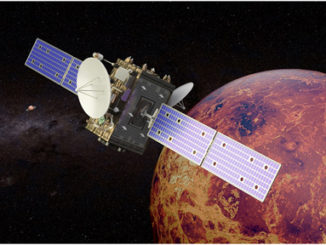
LONDON: US department of energy’s (DOE) SLAC National Accelerator Laboratory have clocked the fastest-possible electrical switching in magnetite, a naturally magnetic mineral. Their results could drive innovations in the tiny transistors that control the flow of electricity across silicon chips, enabling faster , more powerful computing devices. Scientists using SLAC’s Linac Coherent Light Source (LCLS) X-ray laser found that it takes only 1 trillionth of a second to flip the on-off electrical switch in samples of magnetite, which is thousands of times faster than in transistors being used now.
While magnetite’s basic magnetic properties have been known for thousands of years, the experiment shows how much still can be learned about the electronic properties of magnetite. “This breakthrough research reveals for the first time the speed limit for electrical switching in this material,” said Roopali Kukreja, a materials science researcher at SLAC and Stanford University, who is a lead author of the study.The study shows how such conducting and nonconducting states can co-exist and create electrical pathways in next-generation transistors.
Scientists first hit each sample with a visiblelight laser, which fragmented the material’s electronic structure at an atomic scale, rearranging it to form the islands. The laser blast was followed closely by an ultra bright, ultra short X-ray pulse that allowed researchers to study, for the first time, the timing and details of changes in the sample excited by the initial laser strike. By slightly adjusting the interval of the X-ray pulses, they precisely measured how long it took the material to shift from a non-conducting to an electrically conducting state, and observed the structural changes during this switch.




Be the first to comment